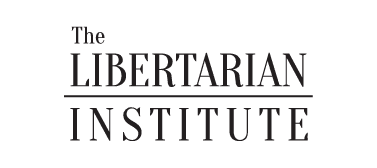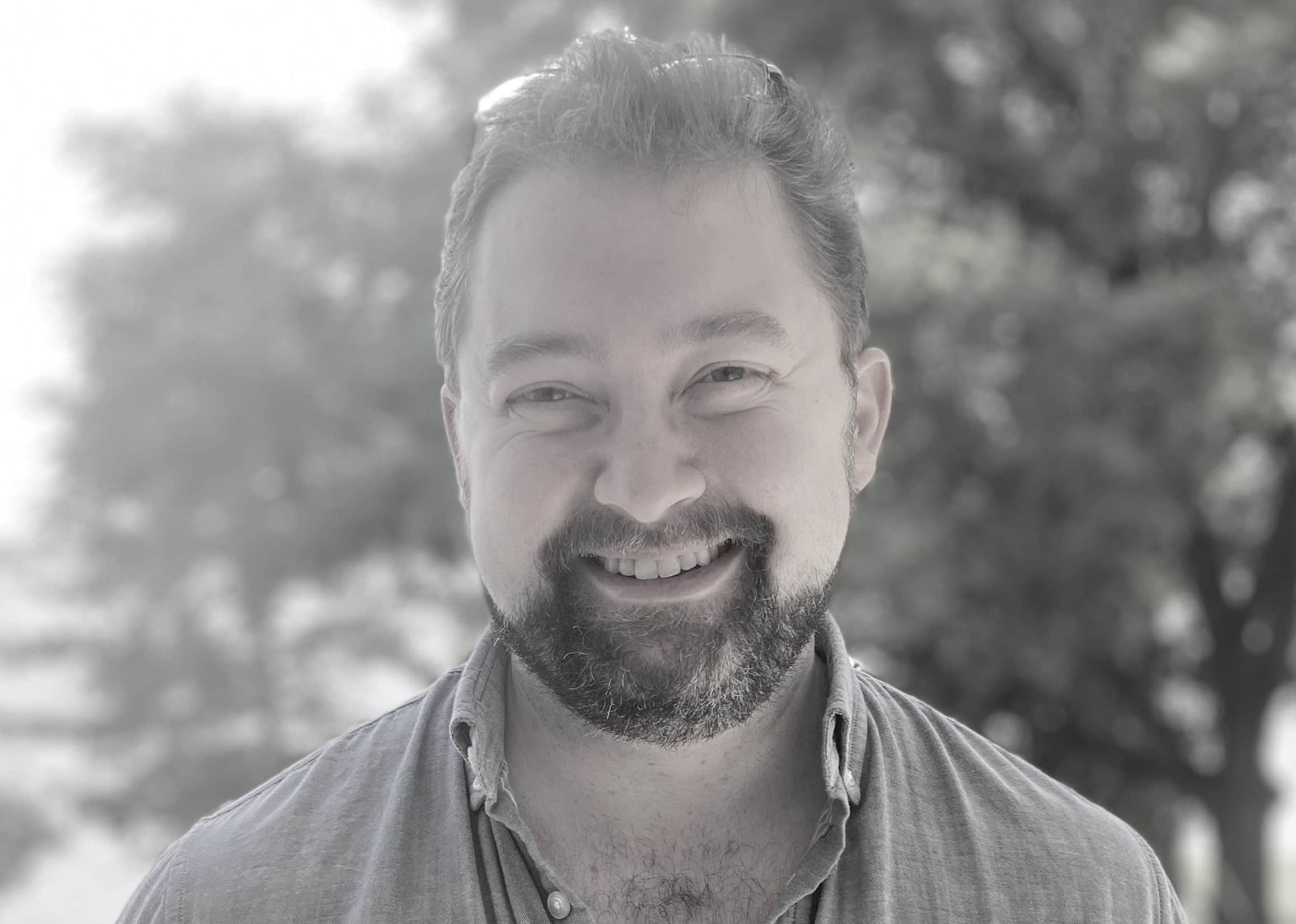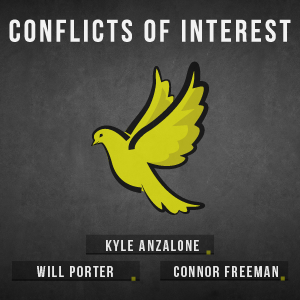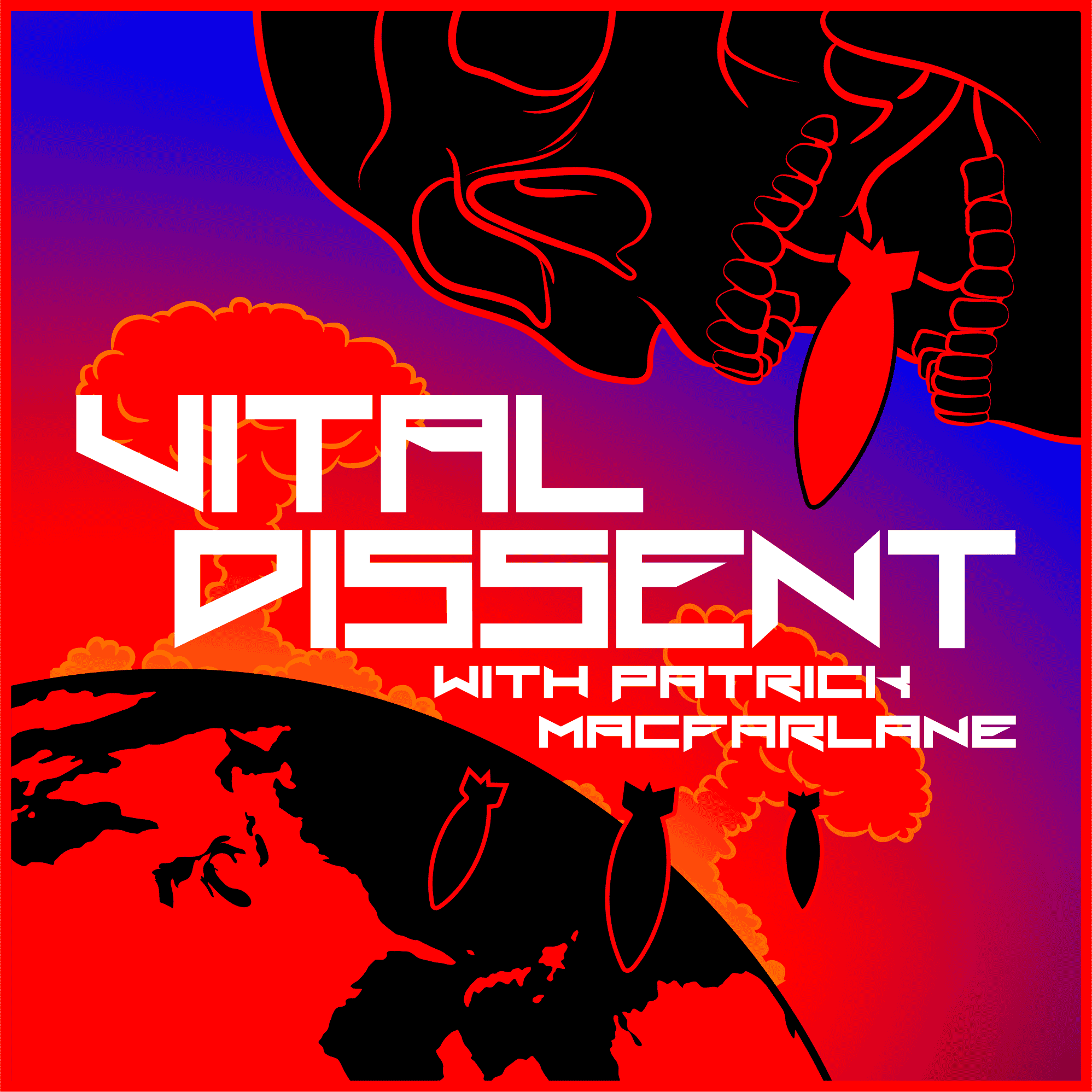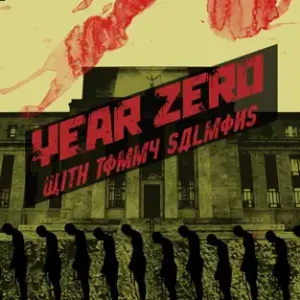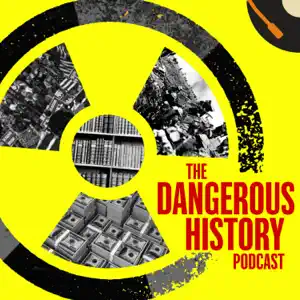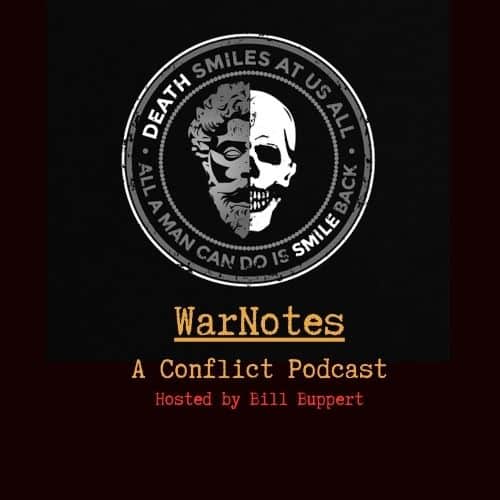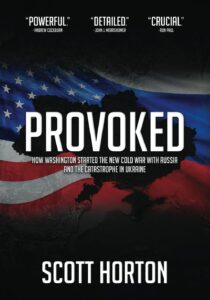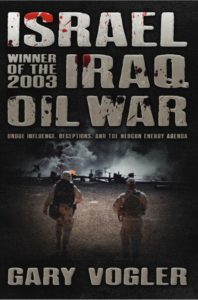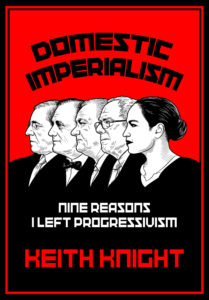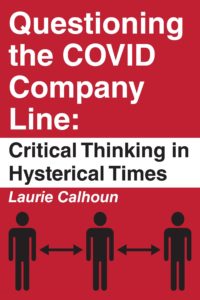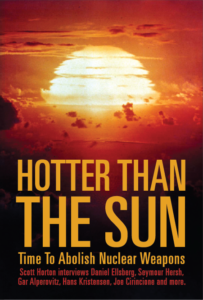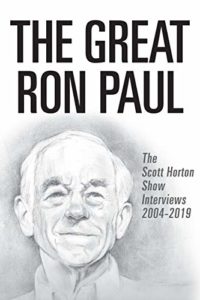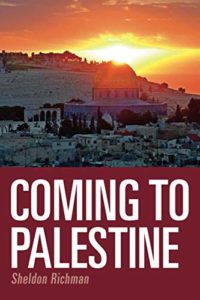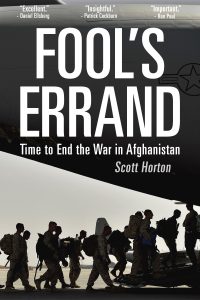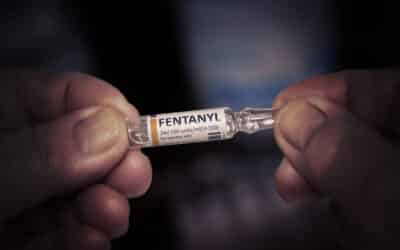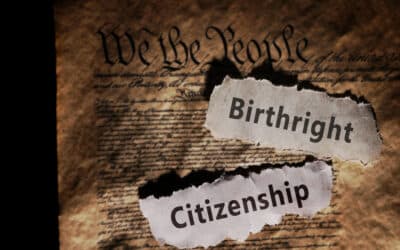Two months ago, Maria Kovalchuk, a Ukrainian model whose last known appearance was at a party in Dubai she attended with two unidentified men “who introduced themselves as representatives of the modelling business,” was found, ten days after the party, lying on a road next to a construction site. Her arms, legs, and spine were broken, and she could not speak; Dubai police said, improbably, that she entered the construction site alone and “fell from an undisclosed height.”
As I reported in a previous piece for the Libertarian Institute, Kovalchuk’s experience is shared by women in the United Arab Emirates and other Gulf States: not only travelers like Kovalchuk and Apprentice TV star Selina Waterman-Smith, who was abducted then gang-raped in Dubai; but live-in immigrants like Margaret Mutheu Mueni, who was starved by her employers, and Eunice Achieng, who was found dead in her employer’s rooftop water tank after calling home in a panic predicting she would end up there. These stories and many like them are windows onto the Gulf State regimes, where an immigration boom is feeding a modernization push that goes under the heading of “Harsh Enlightenment.”
The calling cards of this “Enlightenment” are death, dismemberment, abuse, displacement, and harassment. Its fallout begins with service workers and tourists from Kenya, Ukraine, and America; expands to laborers from Bangladesh, India and Nepal; and ends with white collar employees, many of them women, from across the west who end up the subject of harassment by male co-workers looking to “let off steam.” The “eco-friendly,” high-tech, AI-based surveillance cities this boom is creating have been described as “modern-day Sodom and Gomorrah[s]; all concrete glass & lights but…built on…criminals & prostitution.” Their construction has cost the lives of, at least, an estimated 21,000 migrant laborers, as well as the attrition of hundreds of international white collar employees.
The enabler and driver of this false Enlightenment is weapons funding from America, with the Gulf States, particularly the Saudis, our most reliable weapons customers since 1945 in exchange for supplying us with oil. America has provided Saudi Arabia an estimated $140 billion in military assistance since World War II and is providing the United Arab Emirates with “$29.3 billion in active government-to-government [military] sales,” while also giving significant military assistance to Oman, Bahrain, Qatar, and Kuwait. It is, in short, the “net security provider for the [Gulf] region.” This relationship has allowed the kingdoms the security to focus on building their economic influence, even as detritus of America’s dependency has steadily piled up: from the 9/11 attacks by Islamists de facto tolerated by Saudi Arabia and the United Arab Emirates; to endless wars in Yemen in an effort to contain the Gulf States’ regional rival Iran.
Now, at last, the detritus has reached home. The Gulf States, particularly the Saudis, are using their mileage from America’s investment to invest back in America. They are accruing profit and tightening their relationship with our empire, while increasing our dependency on them. They are also working to meet new demands for outsized investments in America made by President Donald Trump in exchange for boosted military assistance. In the process, they’re bringing their harsh Enlightenment to the United States.
How does this replication work and what does it look like?
I have reported, in several recent pieces elsewhere, on American operators helping the Saudis construct the pinnacles of their “modernization” project in Neom, Qiddiya, and King Abdullah Financial District—all of which aspire to emulate and surpass the United Arab Emirates’ capital of Dubai, understood to be “the Gulf’s reigning logistics and financial hub and one of the Middle East’s few real bastions of cosmopolitanism…the value proposition for what a more liberal Saudi Arabia could be.” Neom, Qiddiya, and King Abdullah Financial District are the explicit models for the American-made plan to rebuild Gaza; more recently, backers of this Gaza plan have also referred to Gaza as modeled after Dubai. What’s more as I have also reported, many of these American operators are helming similar “smart city” projects in America as well as helping the Saudis and their Chinese backers buy significant holdings in American real estate.
Daniel Doctoroff, a smart city backer and a consultant to the Saudis on Neom, is a major player in the Hudson Yards, the marquee redevelopment project on the far West Side of Manhattan backed by developer Stephen Ross. Ross, whose Related Company is backed by the Saudi Public Investment Fund, is also helming a project to remake West Palm Beach, in South Florida, into a rival to New York and San Francisco and Miami. South Florida, meantime, is already the recipient of heavy Saudi investment via the Bright Line, the private high-speed South Florida metro-rail whose main business partner, Siemens Mobility, has extensive contracts with the Saudi Regime; and whose CEO is P. Michael Reinenger, the former CEO of Qiddiya. The Bright Line runs from the tourist destination of Orlando, based around Disney, whose future profits are increasingly dependent on the Saudi regime; down to Miami, the “boomtown” of the American south and perhaps the country. Miami’s Brickell neighborhood, the “Manhattan of the South,” is, as of 2025 and after a push from President Trump, the site of Saudi Arabia’s second investment office in the United States, after Washington DC.
American leaders are “leaning into” these investments. West Palm Beach Mayor Keith James describes himself as “floored” by Stephen Ross’s largesse and predicts, against considerable past evidence, that Ross is “invested in building a community.” Miami Mayor Francis Suarez, leading the boomtown of America, is also employed by a law firm which does regular business with the Saudis. He speaks regularly of a city that will thrive based on aerial drones and real estate development while leveraging its connections to the Middle East to become the center of capital flow in the world.
What’s more, as I have also reported, the Trump administration looks likely to push these investments and connections into formal government backing. One of the outgrowths of Donald Trump’s project of realigning global trade to emphasize American self-sufficiency is that the United States needs immediate investment from abroad. There are two routes to this goal. The first is a proposed American sovereign wealth fund, modeled after Saudi Arabia, in which foreign governments will invest in American “growth.” Indeed, Saudi Arabia has, before the wealth fund is even established, already pledged a $600 billion investment in America. (Trump has asked for $1 trillion.) The second is the privatization of federal lands for affordable housing, which will be an immediate venue for countries to invest in America, via the sovereign wealth fund or other more direct means. It does not take much imagination to connect the two: to see Gulf state investment in America’s sovereign wealth fund allowing for development of this affordable real estate vision.
As early as March 2023, President Trump was musing publicly, at CPAC, about ten of these new “freedom cities” unlocking a new “American Dream.” The justification, he made clear, will be modernization—the same as the Saudis say about Neom, and Tablet says about Saudi Arabia—and the necessity of keeping America’s technological edge. Trump described these cities as ones in which “commuters…could get around in flying cars” in “an echo of ‘The Jetsons,’ ensuring “that America, not China, leads this revolution in air mobility.”
But, as I have reported in the past, affordable housing in futuristic “boom” towns like New York and Miami is a boondoggle benefiting politically connected developers rather than actual working class citizens, some of whom build “affordable housing” complexes in their own neighborhoods that they can’t qualify to live in. The target market for affordable housing, instead, seems to be single earners making $100,00.00 or up. But many of these affordable housing developments only consign a portion of their apartments for this version of affordable housing—enough to get tax breaks and zoning exceptions. The rest of the apartments go on the market for full market value, creating “mixed income developments.”
The point of “mixed income developments” is to attract big developers: politically connected players who will pour significant resources, often backed by UAE or Saudi development funds, into displacing locals and “remaking” a space in the name of eco-friendly development. The Magic City Innovation District in Miami, which I have reported in the past as an example of just such a development, was the project of the progressive developer Tony Cho and his business partner Robert Zangrillo. Zangrillo, a developer with connections to President Trump, leads Dragon Global, an “AI-Powered Investment Firm.” Zangrillo is a perfect candidate to helm one of the “Freedom City” projects proposed by Trump—and it’s almost certain that these Freedom Cities, to attract players like Zangrillo, will be “mixed income.” This means they will be communities populated by a combination of the extremely wealthy and the white collar middle managers who serve them.
What will these communities look like? Models already exist in those parts of New York City and South Florida already invested in by Gulf state operators; urban areas which have begun to eerily resemble cities in the Gulf states.
The Hudson Yards, the marquee Manhattan redevelopment project of Stephen Ross and the Saudi Public Investment Fund with a total price tag of $25 billion, is, in the description of one knowledgeable critic, a “seven-story, 720,000-square-foot shopping mall” with “four more supertall skyscrapers” and “14 acres of public open space.” It amounts to “a landscaped plaza overshadowed by office towers and…a scattering of high-rise apartment buildings around a lawn”—all lacking “any semblance of human scale.” Not surprisingly, before enhanced security was established, suicide jumpers were a regular feature of life at the Yards, and so was crime, in a city which, like Abu Dhabi and Dubai and Riyadh, is increasingly a feudal one of rich and poor.
This is the reality that Hudson Yards’ developer, the Saudi-backed Stephen Ross, wants to bring to Palm Beach, Florida. Indeed, it is already the reality of Brickell, Miami, the “Manhattan of the South” which is the beneficiary of the Saudi Public Investment Fund’s second American office, and of earlier Gulf State investments besides. Brickell, the hotspot of a boomtown, Miami, which is nonetheless losing disgruntled residents, has been described by current residents, writing on online neighborhood rating websites and warning would-be renters away:
“…as just a cluster of tall business buildings (really scary if you think in strong hurricane season), flooding streets (reason why all buildings are built high), over expensive and over rated…homeless population is growing on its streets and in main Brickell Avenue! Even the mall isn’t special at all!!”
According to another testimony, Brickell is an “overpriced mediocrity” that is “overly crowded, dog crap every street corner, bums hanging out at bus stops, lots of posers/Only Fans/seeking sponsor types, lots of overpriced mediocre restaurants, always reading about some suicide jumper from a high rise who gets caught up in the Miami hype, narrow sidewalks with food robots and more.”
There are not just suicide jumpers. There are also sex rings, for example the one broken up at 485 Brickell Avenue, the address of the Icon Building, one of the city’s most venerable residential apartment complexes, in November of 2024. According to The Miami Herald:
“Miami Police officers were searching for a missing teen…at 485 Brickell Ave. after security footage showed a girl resembling her with a man…Cops…went to the apartment unit where the girl and man were seen entering. This is when two of his victims, a 20 and 24-year-old woman, exited the apartment and spoke with police. They admitted that [he] was in the apartment and armed…“A standoff ensued for several hours until the defendant exited the unit after being instructed to leave the firearm on the counter,” detectives wrote in his arrest report….His victims told police that he used physical violence to force them into prostitution and then kept all the money that was made. He also kept their identification hidden in a locked room, police say.”
None of this is too far from the experiences of Maria Kovalchuk in Dubai, or the description of Dubai as “all concrete glass & lights but…built on…criminals & prostitution.” Nor is it too far from the experiences of Margaret Mutheu Mueni or Eunice Achieng or white collar women executives in Saudi Arabia. But perhaps the best indication of the way in which Gulf State-backed authoritarian Enlightenment will transform an America already under its influence comes from San Francisco. In the past twenty years the city has been remade by the same combination of frenetic top-down government-backed building that is transforming the Gulf states—and at some of the same hands.
San Francisco is, on one hand, a temple of automation and surveillance, full of driverless cars and gleaming towers and omnipresent cameras. These features exist at the behest of venture tech capitalists and their employees who work in firms backed by Gulf State investment funds. Thanks to this investment and to the Pentagon’s largesse towards Silicon Valley, they have driven a building boom that has priced out the locals. This pricing out has created a feudal city that keeps making the news. It has done this by creating an underclass of service workers as well as a homelessness epidemic that has upped levels of both crime and criminal enforcement.
But San Francisco is also, on the other hand, a place of sudden brutality—at the hands of the very modernizing forces which have transformed it. “Smart City” AI innovation, for example, doesn’t always keep residents safe. According to Rebecca Solnit, the writer and longtime resident of the city who has chronicled its changes up close:
“In early October, a driverless car owned by Cruise, a subsidiary of General Motors, hit a woman who’d just been struck by another car, and in the course of performing what was described as a rote ‘pullover maneuver’ dragged her twenty feet, mangling her badly and leaving her trapped under its wheels. The device was unable to detect that it was on top of a human and would not respond to rescuers, who had to lift the car off her. Cruise withdrew its 950 driverless vehicles, but Waymo, a company launched by Google’s parent company, Alphabet, continues to send its cars onto the streets.”
Nor is some of the city’s most shocking violence committed by the actors we’re led to believe are committing it, the displaced and angry underclass. Again, from Solnit:
“When the well-known tech executive Bob Lee (Google, Square, MobileCoin) was found fatally stabbed on the street in the early hours of 4 April 2023…Elon Musk tweeted that ‘violent crime in SF is horrific and even if attackers are caught, they are often released immediately’…But it turned out that the man charged with Lee’s murder, Nima Momeni, was a fellow tech entrepreneur who had been with Lee that evening. Lee died with cocaine and ketamine in his system; local news reported that the victim, the alleged murderer and the murderer’s sister had all been doing drugs that day. At least some of the drugs seem to have come from Jeremy Boivin, a friend of Lee’s, also previously in tech, who was arrested in 2021 with a kilo of cocaine and a kilo of methamphetamine, and again in 2022 for possession of cocaine, heroin and meth.”
Jeremy Bovin sounds like one of the western male executives at Neom: someone in a high-pressure job willing to “let off steam” on “the help”: “in 2020 he was charged with giving the date-rape drug GHB to his housekeeper and sexually assaulting her (according to Rolling Stone, [Bob] Lee paid his bail).”
Another tech mogul, Gurbaksh Chahal, who lived nearby in the building outside of which Bob Lee was killed and who now works on making sure that “cutting-edge AI seamlessly merges with global commerce,” sounds like a Saudi employer: “[He] was, a decade [ago], recorded on his own bedroom surveillance camera clobbering a woman 117 times and repeatedly threatening to kill her.”
These stories—the woman clobbered 117 times in the high-rise apartment; the housekeeper given a date-rape drug and raped in a high-rise nearby; the white collar executive stabbed by a drugged-out friend outside one of these high-rises as they “let off steam”—are not too far from the stories of Maria Kovalchuk, or Selina Waterman-Smith, or Margaret Mutheu Mueni, or Eunice Achieng, or the white collar complainants on Saudi work projects. If Americans are not careful, this reality might be coming not just to Miami and New York but to the ten futuristic American cities soon to stretch across the continental plain.
Of course, the pattern of brute colonial extraction of resources repeating itself across countries is nothing new. What is new today, what is possibly unprecedented, is that the colonial regimes like those in the Gulf States are not just extracting from countries weaker than them but preying on those which are stronger. They are infiltrating America, the world’s most powerful nation: relying on our military to stabilize their countries while “giving back” to ours with investments in our “growth” and real estate, to the detriment of our collective future as Americans.
In this future America, an influencer like Maria Kovalchuk, if she’s American, won’t have to pay the cost of the ticket to go to Dubai. She’ll only have to take a greyhound to New York or San Francisco or Miami, or maybe to the tonier sections of the ten new freedom cities meant to embody the American Dream. Members of an aspiring working class, American versions of Margaret Mutheu Mueni or Eunice Achieng, won’t have to travel across an ocean to be exploited in San Francisco high rises; they will come from Compton, or Miami Gardens, or the Bronx. Amid all the post-election political talk of renewing America, this reality—new feudalism under the guise of “harsh Enlightenment”— might be the one we’re starting to live with even as no one calls it by its name.
